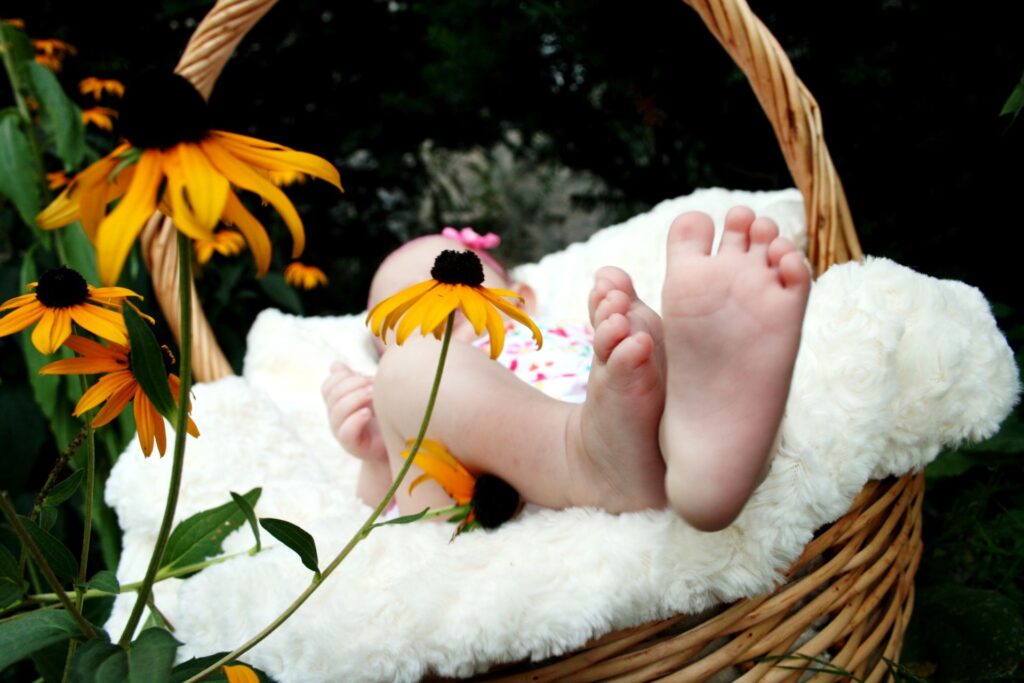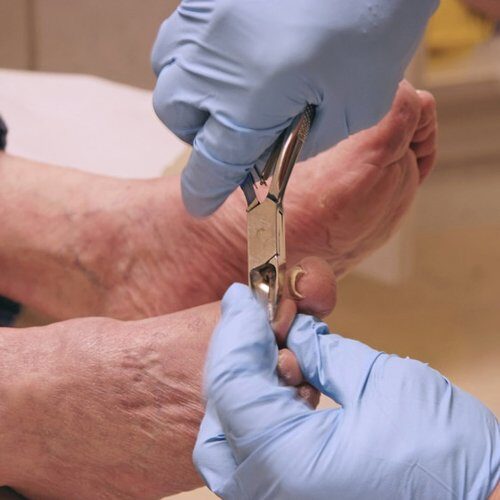My Feet Stopped Growing When I was A Kid Right?
You would be forgiven for thinking ‘I’ve always been a size 7’.
Podiatrists see a lot of people with pain in their feet, quite often their feet only hurt when or after wearing certain shoes but it isn’t always obvious to someone in pain why their favourite footwear doesn’t fit them any longer.
There are several reasons why our shoe size can change, our feet can change shape due to arthritis which can cause swelling as well as causing tender lumps and bumps. Feet can also swell up due to varicose veins and heart disease. There are other reasons too. Our feet are made up of 26 bones with 33 joints and over a hundred ligaments, muscles and tendons holding them together. The ligaments and tendons have elastic fibres in them which will stretch under load. So if your body weight fluctuates your shoe size can change too. As little as a 10lb change in weight can affect your shoe size.
Last but not least as we get older the elastic fibres in our tendons and ligaments are replaced with brittle collagen fibres which if they break will cause your feet to spread.

As you can see not many of us will have the same foot print at 60 as we did when we were 16, most of us will have a broader foot and if the arch flattens then you may have a longer foot as well. Added to this that very few shoes are made in the UK now, there is a bit of ‘Chinese Whispers’ going on with shoe sizes. My personal theory is that because so many shoes are made in China, they are made for the big American market, the American shoe sizes are then translated into the European sizes before being converted to the English shoe size something gets lost in translation.
My recommendation is always to try before you buy, either wear or take with you the type of sock you intend wearing with the shoe. Make sure there is plenty of room in front of your longest toe, about a centimetre or half the width of your thumb. Your heel should fit snuggly with no slipping. The midfoot of the shoe under your arch and over the top of your foot should be snug but not tight and you should have enough room in the toe box to wiggle your toes. They should fit and be comfortable from the start, they shouldn’t need ‘breaking in’. Have something to do up on the top either a lace a bar or buckle, this will allow you to fasten the shoe more securely if the leather loosens with wear and allow an adjustment if your feet swell during the day. If you like to wear a slip on shoe you need to accept that they have to be tight to stay on which is not ideal if you have foot pain.


